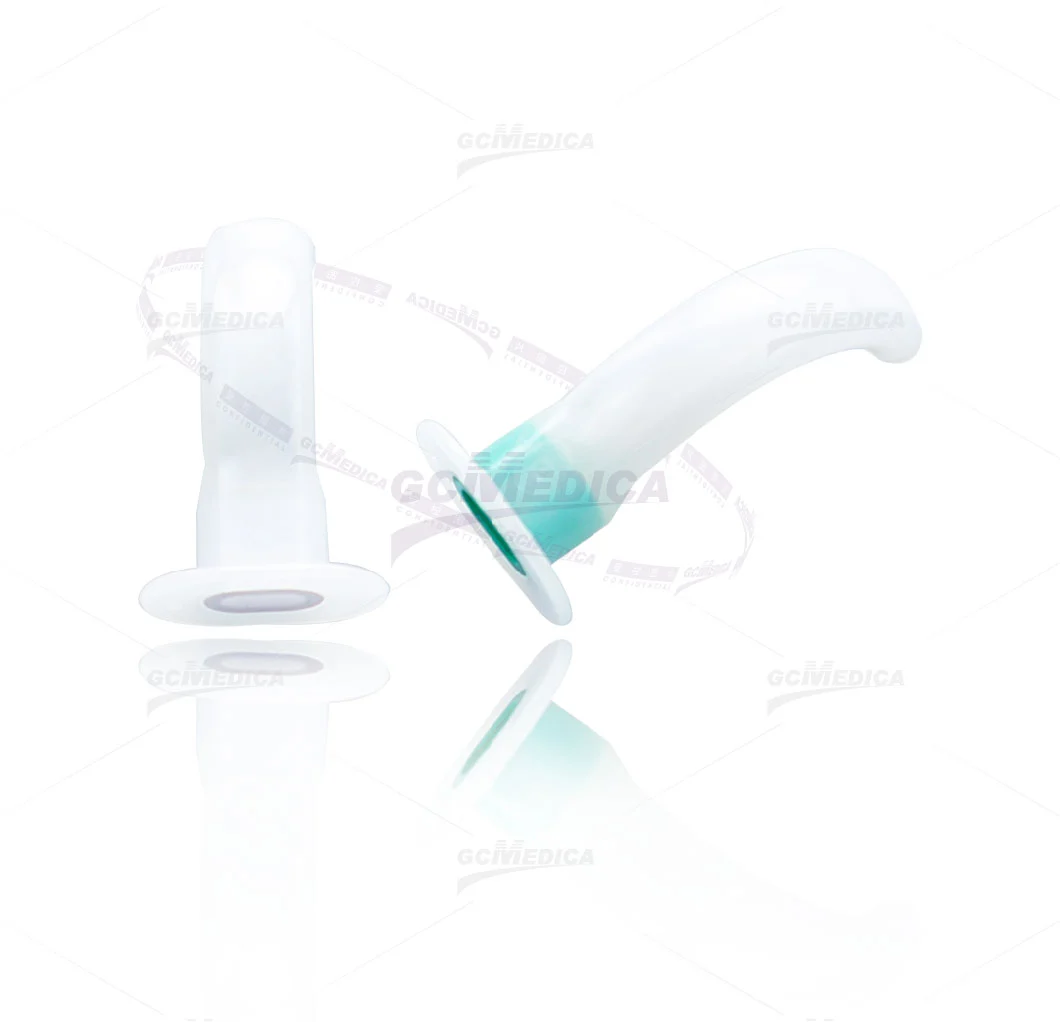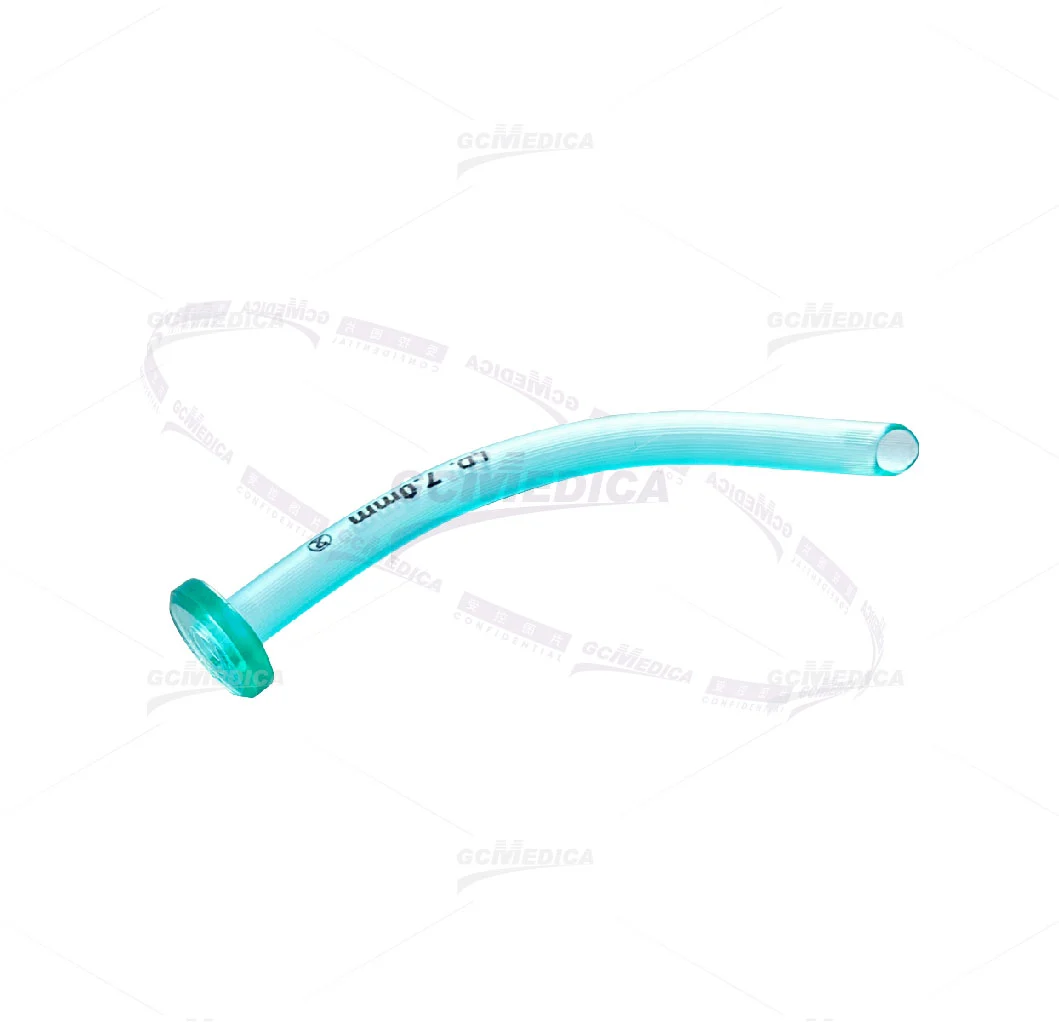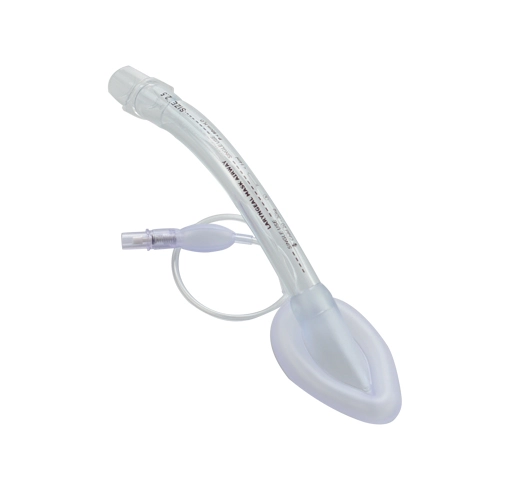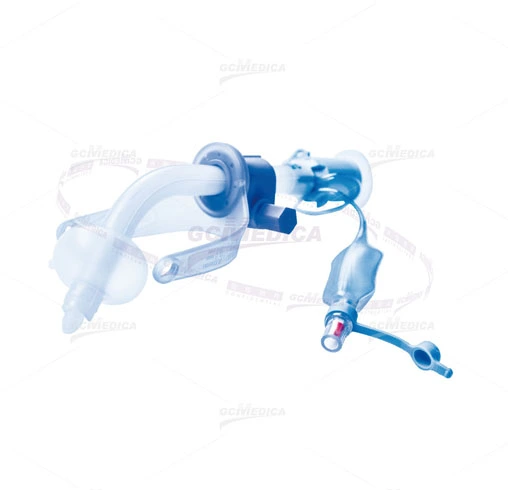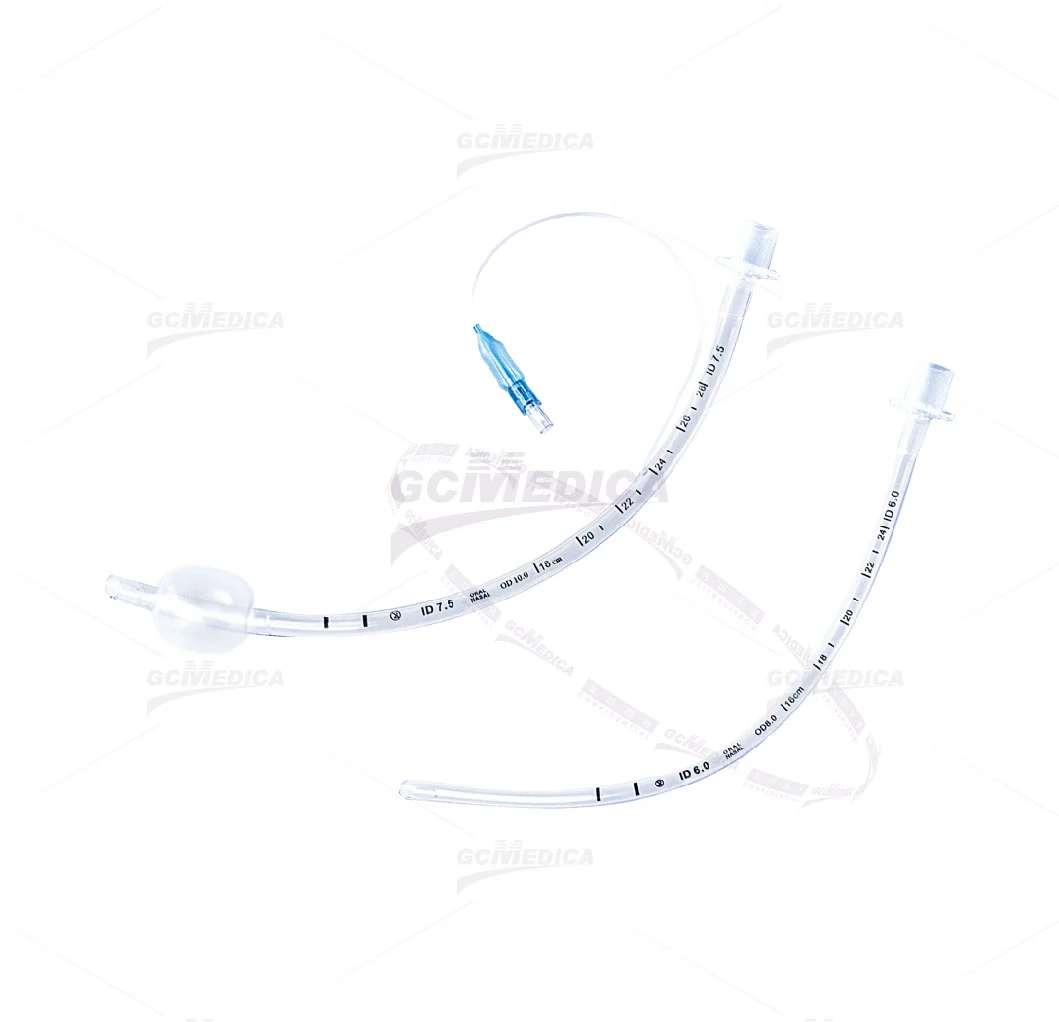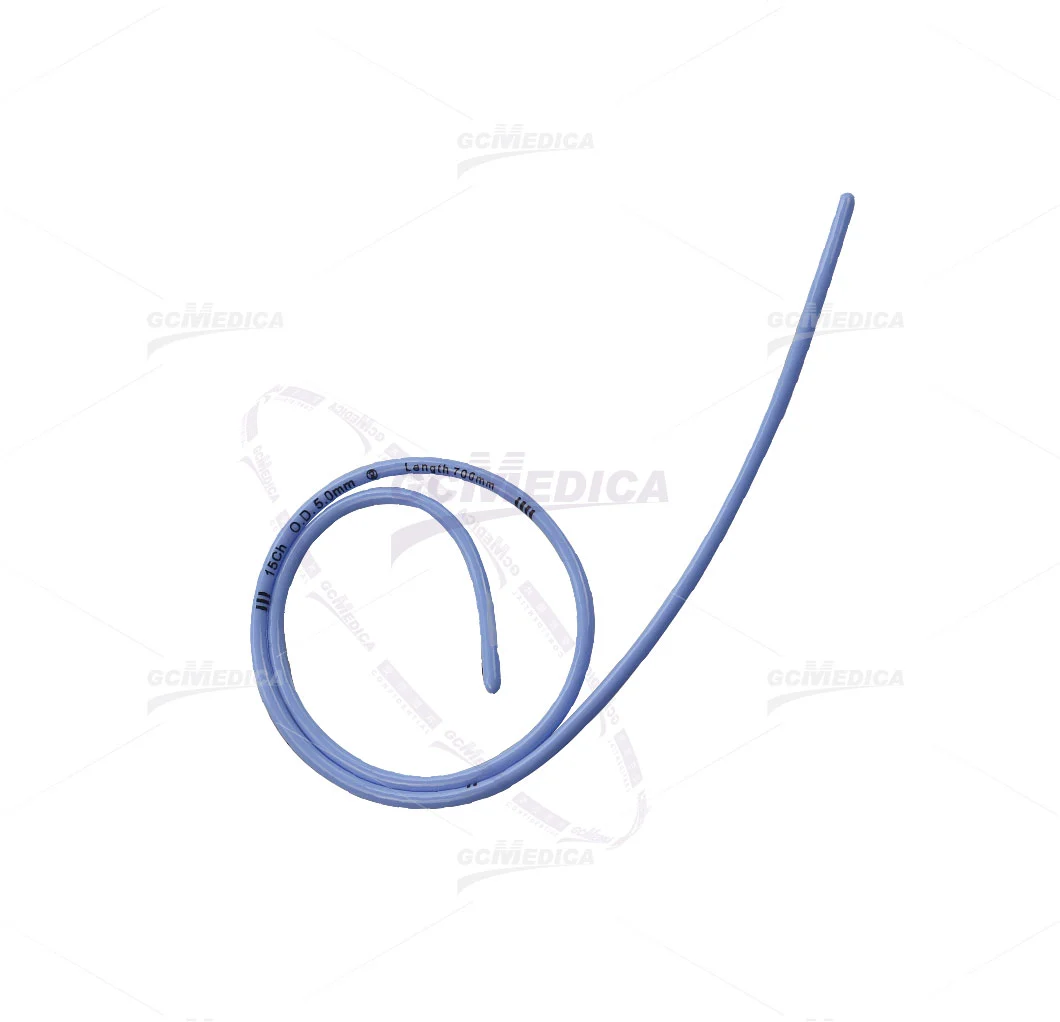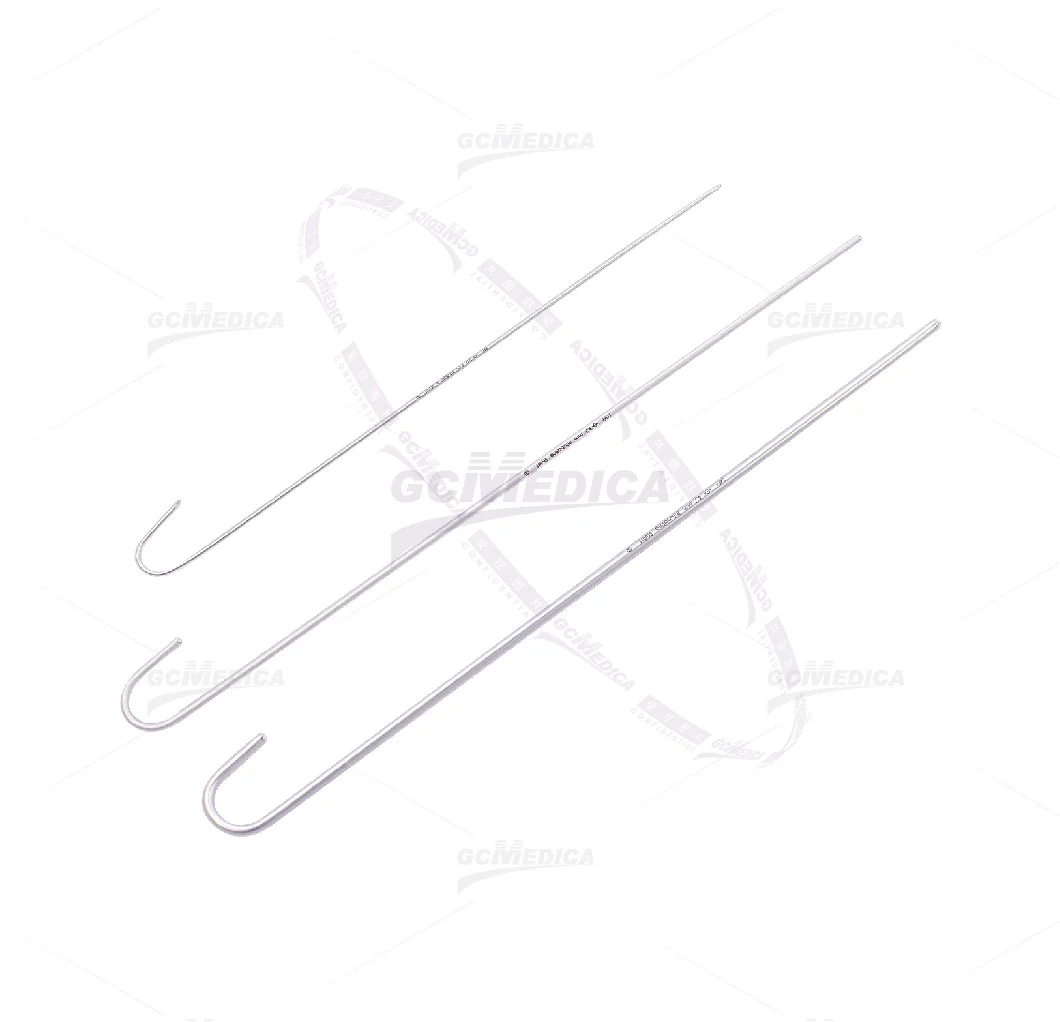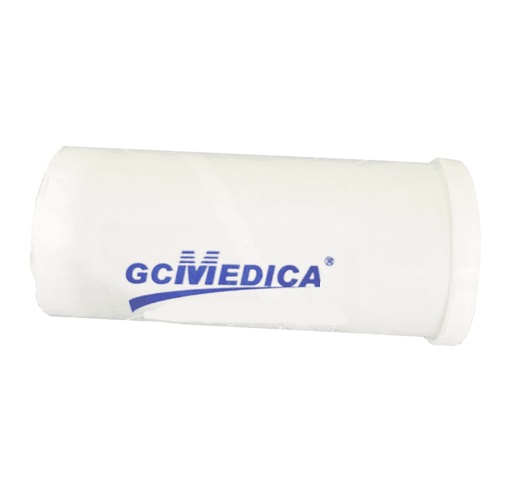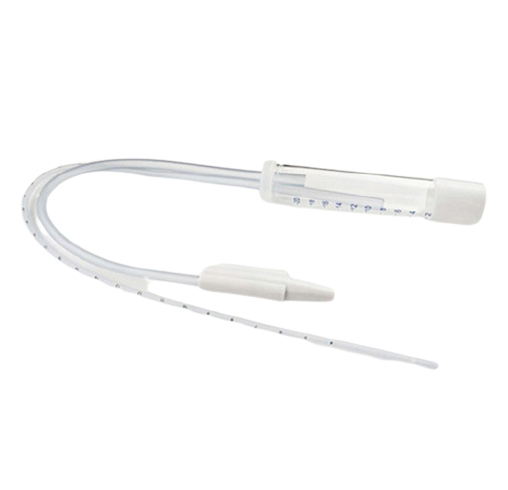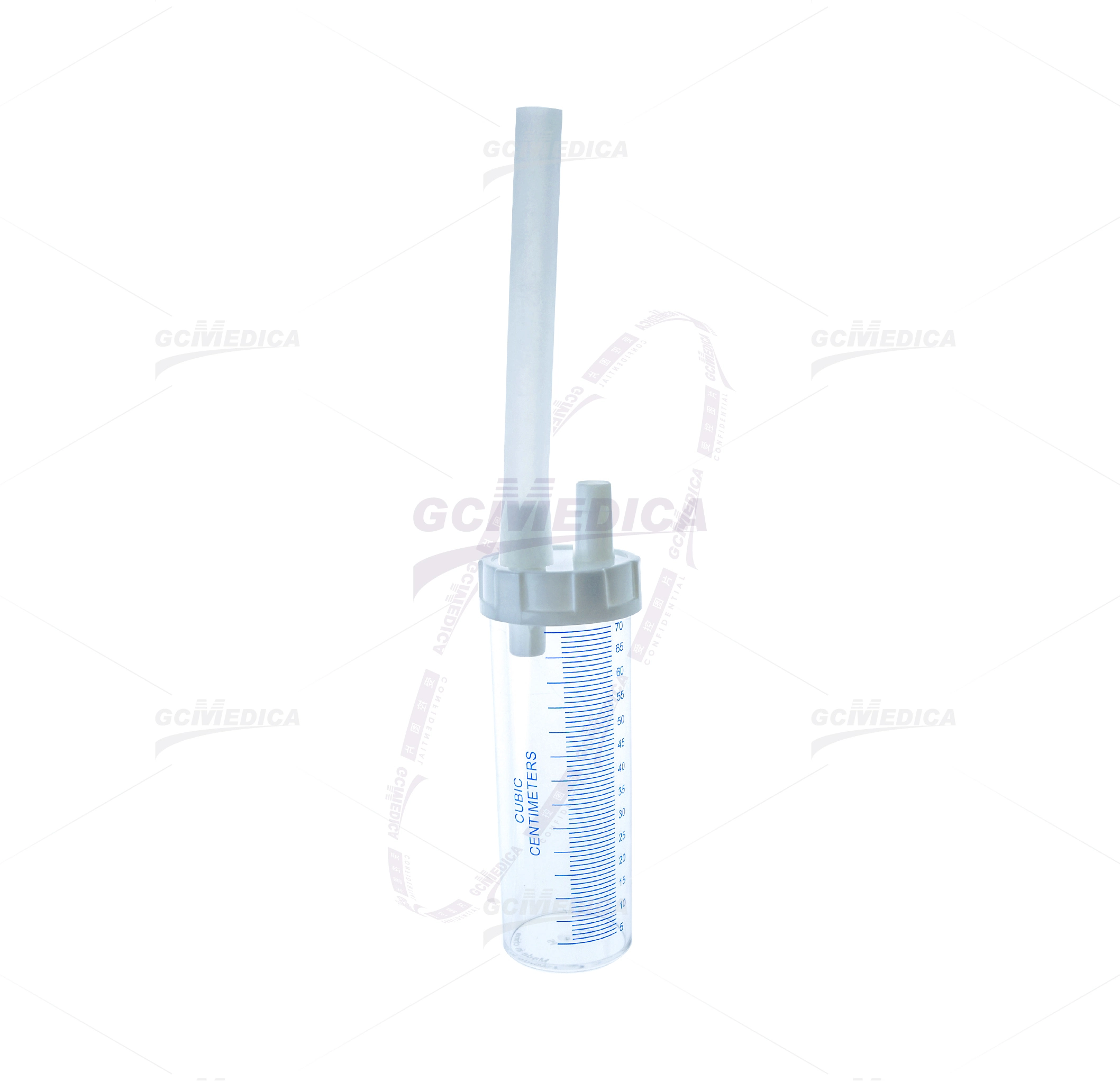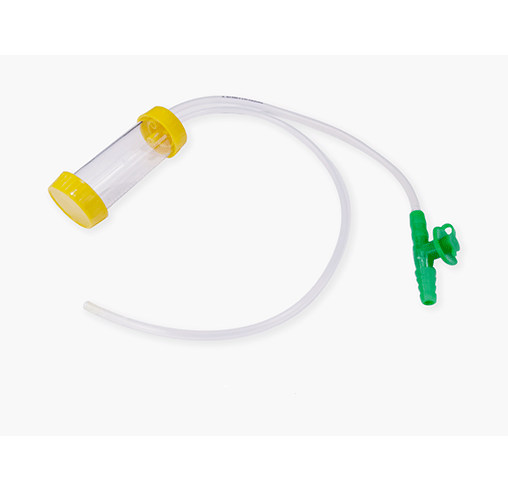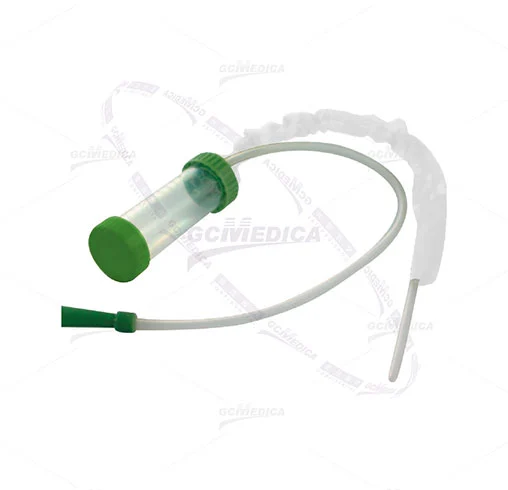Products
- Laparoscopic & Endoscopic Products
-
Respiratory & Anesthesia
-
Oxygen Therapy
- Capnography Mask
- CO₂ Nasal Oxygen Cannula
- Elastic Head Strap Cannula
- Oxygen Mask with Swivel Connector
- Multi-vent Mask
- Non-rebreathing Mask
- Oxygen Mask with Adjustable Nose Clip
- Venturi Mask
- Nebulizer Mask
- Nebulizer with Mouth Piece
- Nebulizer Mask with Swivel Connector
- Tracheostomy Mask
- Nasal Oxygen Cannula
-
Airway Management
- Oropharyngeal Airway
- Nasopharyngeal Airway
- Laryngeal Mask Airway
- Tracheostomy Tube
- Endotracheal Tube
- Endotracheal Tube Introducer
- Intubating Stylet
- One-way Valve Mouthpiece
- Mucus Control Vacuum Valve
- Mucus Specimen Trap
- Mucus Extractor
- Mucus Extractor with Protective Sheath
- Disposable Aspirating Tube
- Anesthesia
- Closed / Open Suction Catheter
- Pressure Infuser
- ABC Mouthpiece and Filter Kit
- MDI Spacer
- Disposable Ezscope™ Pro Broncho
- Nose Clip
-
Oxygen Therapy
- Cardiothoracic Surgery
- Gynaecology
-
Urology
- CathVantage™ Portable Hydrophilic Intermittent Catheter
-
Cysto/Bladder Irrigation Set
- M-easy Bladder Irrigation Set
- B-cylind Bladder Irrigation Set
- S-tur Bladder Irrigation Set
- S-uni Bladder Irrigation Set
- B-uro Bladder Irrigation Set
- Premi Bladder Irrigation Set
- J-pump Bladder Irrigation Set
- J-tur Bladder Irrigation Set
- H-pump Bladder Irrigation Set
- Sup-flow Bladder Irrigation Set
- Maple Irrigation Set
- Peony Irrigation Set
- Nelaton Catheter
- Urinary Drainage Bag
- Urinary Drainage Leg Bag
- Enema Kits
- Sitz Bath Kits
- Click Seal Specimen Container
- Silicone Male Catheter
- Spigot Catheter and Adaptor
- Sandalwood Irrigation Set
- Freesia Irrigation Set
- Daffodil Irrigation Set
- Enteral Feeding Products
- Dental
- Fluid Management
- Warming Unit and Warming Blanket
-
Operating Room Necessities
- Pulsed Lavage System
- Magnetic Drape
- Suction Handle
-
General Surgery
- Perfusion Atomizer System
- Gastric Sump Tube
- Surgical Hand Immobilizer
- Administration Set for Blood
- Ear/Ulcer Syringe
- Bulb Irrigation Syringe
- Toomey Irrigation Syringe
- Mixing Cannula
- Basin Liner/Basin Drape
- Camera Handle Cover
- Light Handle Cover
- Medical Brush
- Sponge Stick
- Suture Retriever
- Needle Counter
- Disposable Calibration Tube
- Heparin Cap
- 100ML Bulb Irrigation Syringe
- Scleral Marker
- Surgical Light Handle
- Mucosal Atomization Device
- Durable Medical Equipment
- Patient Handling System
- Personal Protective Equipment
- PVC-FREE Medical Device
- Emergency
News and information
-
GCMEDICA Dispositifs médicaux jetablesJul 26 , 2024
-
GCMEDICA Dispositivos médicos desechables en EuropaJul 26 , 2024
-
GCMEDICA Disposable Medical Devices In EuropeJul 26 , 2024
-
GCMEDICA Disposable Medical Devices In North AmericaJul 26 , 2024
-
GCMEDICA Dispositifs médicaux jetables en EuropeJul 26 , 2024
Airway Management
Airway management products are designed to facilitate successful intubation, airway exchange, and emergency airway access.


